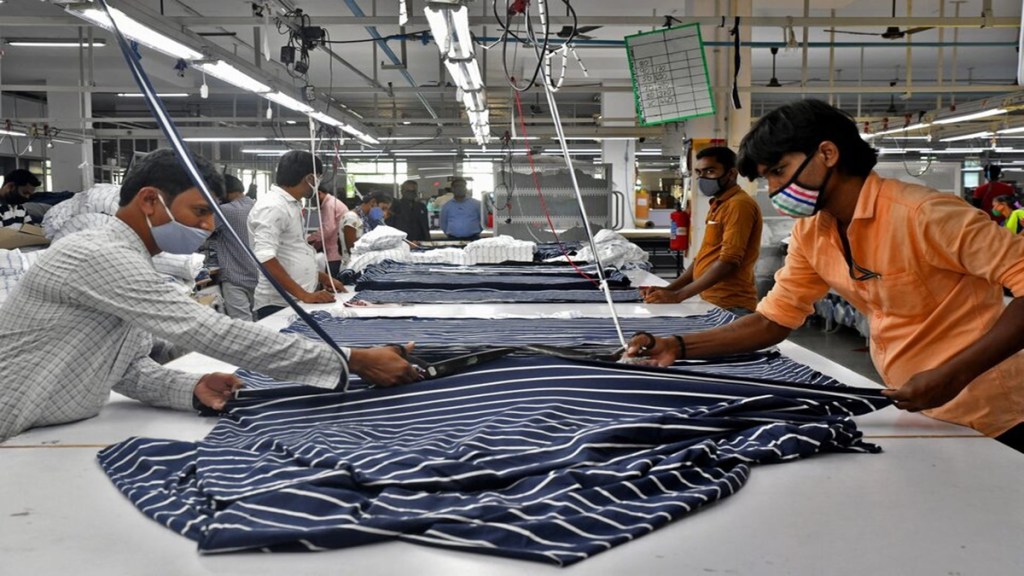Some of the trucks from Bangladesh that could not cross into India to unload their consignment of ready-made garments have started returning, industry sources said adding that impact of these restrictions on India’s imports, however, will be minimal.
On an average day also, the border sees heavy rush. In the busy season of winter it go up to as high as 200 trucks being lined up. A big chunk of that is those trucks that carry winter clothing to Nepal and Bhutan. While India has stopped trade of garments through land ports, shipments to Nepal and Bhutan can continue.
India retaliated with restrictions after Bangladesh stopped imports of India yarn from land ports. Even rice has not been allowed through Hili and Benapole integrated check posts. High transit charges by Bangladesh effectively denying access to Northeast states to other Indian states for selling its manufactured goods and sourcing inputs has also been a source of friction between the two countries..
The impact of port restrictions will be minimal and for a short-term in the ready made garment sector as Bangladesh continues to enjoy zero duty access while other countries are charged around 20% for exports of clothing to India, the sources added.
“Top global brands like H&M, Zara, Primark, Uniqlo, and Walmart source apparel from Bangladesh, some of which enters India’s domestic market. Indian manufacturers have long expressed concern over the uneven playing field: they pay a 5% GST on locally sourced fabric, while Bangladeshi firms import fabric duty-free from China and receive export incentives for sales to India—giving them an estimated 10–15% price advantage,” founder of Global Trade Research Initiative (GTRI) Ajay Srivastava said..
“The real problem however lies in Bangladesh benefiting from a zero tariff rate on its exports to India under South Asia Free Trade Area (SAFTA) and lower production cost owing to low wage rates and its subsidy regime on account of its Least Developed Country (LDC) status, secretary general of Apparel Export Promotion Council (AEPC) Mithileshwar Thakur said. .
Forcing garments to be shipped via sea ports will increase transportation costs and potentially make Bangladeshi garments less competitive in the Indian market. Sea transportation is slower than land transportation, leading to longer delivery times. “This can increase lead time and adversely impact the ability of Bangladesh to meet the needs of Indian retailers and consumers,” he said
The import of apparels from Bangladesh is primarily in select categories such as cotton trousers of men and Jackets/Blazers of Synthetic Fibres for local consumption by many retails chains such as Style Union and many brands such as Marks & Spencers and Zara.
The total apparel imports from Bangladesh in 2024-25 was $ 677.5 million, a growth of 13.8% from its 2023-24 level of $ 595.5 million. Apparel import from Bangladesh through Petrapole land port alone was $ 515.3 million in 2024-25, accounting for around 76% of apparel import into India from Bangladesh, Thakur said.
Restrictions on land ports can limit their access to the Indian market, particularly for medium-sized garment factories that heavily rely on land routes which are cheaper and more efficient for transporting goods, especially for smaller consignments.
As apparel import from Kolkata and Nhava Sheva seaports is still allowed, the long-term impact will largely depend on how quickly and to the extent the import of readymade garments from land port get shifted to import from seaport, sources said.

